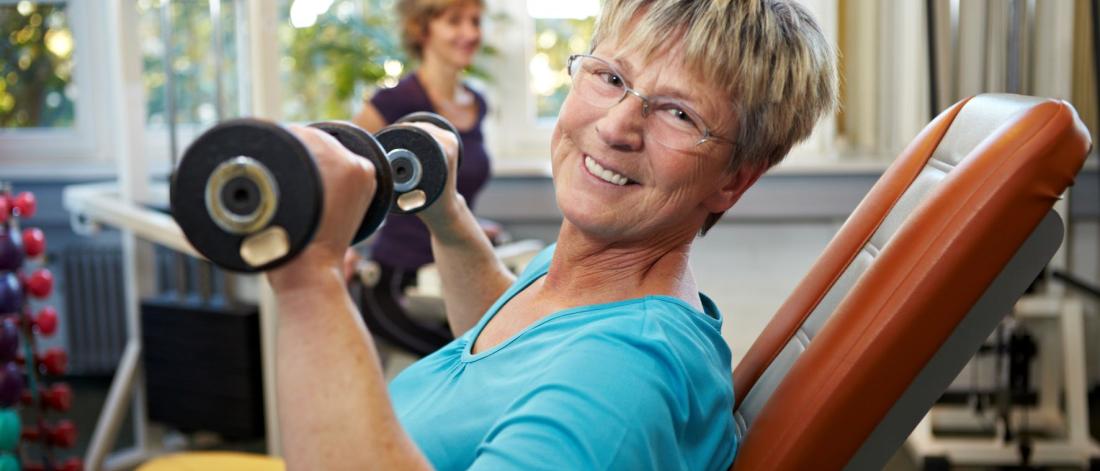
The Mass Effect of Muscle Mass Loss
Learn the simple ways to counteract muscle mass loss and reverse its effects on your health.
A body at rest tends to stay at rest, while a body in motion tends to stay in motion; it’s a reality that holds true throughout our lives, growing in importance as we age. After the age of 30, we begin to lose as much as 3% to 8% muscle mass per decade and the deterioration only increases once we reach 60.
That’s an important figure to consider since declining muscle mass is linked to a plethora of health-related issues and a decreased quality of life. Thankfully, there are some simple ways to counteract muscle mass loss and reverse its effects on your health.
What’s Natural, What Isn’t?
To understand the impact of muscle mass loss, it helps to understand what’s natural and what isn’t. Sarcopenia is the loss of muscle mass due to the aging process. As we age, it’s normal to lose some muscle mass. The issue lies in its rapid acceleration due to inactivity and poor nutrition across time.
These behaviours cause a decline of testosterone and estrogen production in men and women, respectively, and fuel the significant loss. Our body’s natural ability to turn protein into energy is negatively affected as well, causing us to feel sluggish, and thus continuing the cycle.
The Effects on Your Health
We all know that it’s important to get our bodies moving, but why is it so important? In the case of muscle mass loss, an idle body can lead to weakness and impaired mobility, leaving you vulnerable to falls and fractures (and a long road to recovery as we age).
Nutritious food and regular exercise can help you maintain a healthy body weight, improve your quality of sleep and reduce the risk of cancer, heart disease and even depression. Older adults can gain several health benefits from exercise; an afternoon walk each day can help post-menopausal women ward off bone density loss and help osteoarthritis sufferers feel less joint pain!
How To Turn Back Time
Unfortunately, we can’t halt the aging process entirely. That said, there are simple solutions that help reverse the effects of aging and restore lost muscle mass. Exercising just 2-3 times per week can dramatically reverse the effects of Sarcopenia.
Resistance exercises and weightlifting builds and maintains muscles, strengthens bones and protects your joints from damage.
Consider investing in a fitness tracker or wearable tech device that measures muscle mass to help track your progress!
Aerobic exercises like swimming and Aquafit are popular activities amongst older adults for a reason. All skill levels can participate and the health benefits include: improved blood pressure, improved cholesterol and a reduced risk of heart failure.
Another great way to stay healthy is stretching. Daily stretching increases your flexibility and provides a full range of motion for joints and muscles. In fact, stretching can help generate muscle mass and make everyday tasks, like tying your shoelaces, that much easier. Greater flexibility can also help you maintain a proper walking pattern and reduce your chances of falling.
Aging is natural part of life and we’re all susceptible to its affects on our health. While it’s normal to lose some muscle mass over the years, rapid muscle mass loss is a direct result of prolonged inactivity and poor nutrition. Fortunately, through regular exercise and healthy food choices, you can fight illness and disease, counteract muscle mass loss and restore your strength and mobility for years to come. Time to get your body in motion!